The Renaissance bridged the Middle Ages and today’s Modern world. ..
It was a remarkable burst in creativity in Europe between the 14thand 16the centuries. It was time when many disciplines – art, science, engineering, mathematics, weaponry, literature, medicine, religion, business and political thought – came together through the intellect of notables such as daVinci, Galileo, Luther, More, Machiavelli, Bruno, Brahe and many other notables. Cultures, conversations, domains, fields, ideas, ideologies, processes, procedures, tools, and techniques all collided and something new emerged – New products, new process, and new politics. These intersections revolutionized the way we thought and became the catalyst for the modern world. Within a discipline innovation is incremental – baby steps. It is at the intersection of disciplines that the revolutionary innovation occurs. SAGE embraces this philosophy with an eclectic mix of thinkers from a variety of disciplines that collaborate to solve your most challenging technology, management or policy problems.
Technology
Technology is hope. It is our muse. It is our source of wealth. It is essential to our national competitiveness. Technology allows us to harness nature making the modern world possible. We are constantly and recursively refreshing and replacing our technologies. Phenomena of nature are harnessed for some purpose that is to our benefit and these natural principles are operationalized into practice. The evolution of technology is path dependent, circular and autopoietic. It lives within a ecosystem that is defined by policies that may serve as the forcing function to induce or retard it. SAGE understands the dynamics of technology development. SAGE appreciates the symbiosis between technology, economics, and policy. This understanding and appreciation has enabled SAGE to become very successful at the development of new products at the right time that are supported by the marketplace and the political environment.
Management
Too often we see innovation is an artifact – a product that can be sold in the marketplace. The reality is that innovation must also include management and policy. In fact, in today’s economy, the technology per se is rarely the source of economic gain without complementary management practices and favorable policies. Innovations in management are as important as innovations in technology. SAGE recognizes this and often develops novel business practices in consort with novel technologies. Often, the business cases and models developed by SAGE will uncover needs that will drive the technology development so the technology and the management can operate in symbiosis. SAGE understands that management is not simply to support the technology but to be an integral part of the solution proffered to the market.
Policy
Often the word policy invokes a concept of something that happens at some level of government. But policy is not necessarily a passively compliant act for a corporation. Corporations can enact policies that help them foster growth and profitability. Policy, in its most simple form, is risk mitigation. Policies are part and parcel to corporate governance essentially map-out the firm’s culture and operating rules. Policy & Strategy go arm in arm. Policy at a governmental level however can also create opportunities for a firm. Laws and regulation influence the market and seams in policy allow exploitation for new product development. SAGE understands policy analysis and syntheses and the relationship to management and technology. Technology drives policy and policy drives technology. SAGE employs a variety of techniques to analyze problems and to derive the appropriate policies that are consistent with a firm’s goals. Furthermore, SAGE is able to properly synthesize governmental policies to show firms the potential for new products in order to adapt to the new regulatory or policy environment.

